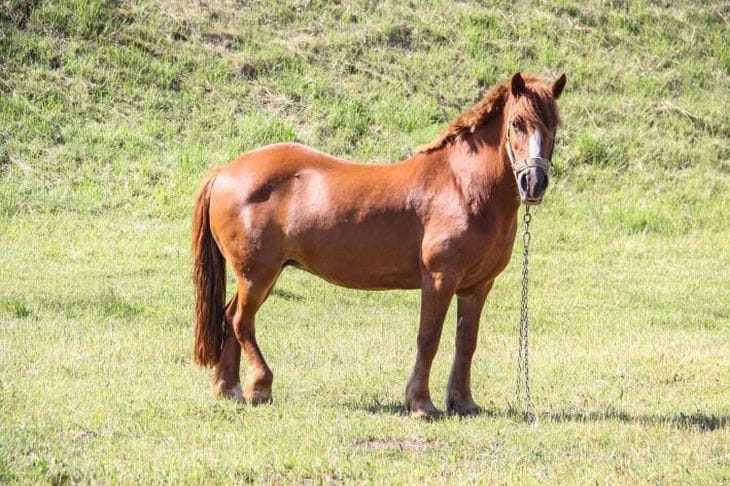What's the Difference Between Horses and Ponies: It's Not Just About Size
It is difficult to find a person who would claim that a horse and a pony are the same animal.
However, as reported by ADVICE.NEWS , it is still widely believed that there is only one difference between them, and it is their size.
Here are a few more things that make these animals different from each other.
Genetics
The main factor determining whether an animal is a horse or a pony is genetics.
It's not just about size, but also about the specific breed and genetic characteristics.

Different horse breeds have been selectively bred for different purposes, and this selective breeding has contributed to differences in size.
Some breeds were bred to be larger and stronger, while others were bred to remain small.
Proportions
In addition to height, ponies often have different body proportions compared to horses.
They may have a stockier build, shorter legs, and thicker necks compared to their body size.
This is partly due to their genetic makeup, which has been shaped by the goals of their breeding programs.
Temperament
Ponies and horses can also have different temperaments.
Some ponies are known for being hardier and more independent, while certain horse breeds are bred for specific qualities, such as speed.
These differences in temperament can be explained by both genetic factors and teaching methods.
Versatility
Horses are often bred for specific purposes, such as racing, riding, or hard work, which can affect their physical characteristics.
Ponies, due to their smaller size and hardiness, are often more versatile and adapt to a wide range of activities, including riding, driving, and even as companion animals.
Life expectancy
As a rule, ponies live longer than horses.
They can live up to 30 years, while the average lifespan of horses is usually 20 years.
This difference can be explained by their smaller size and more robust build.
